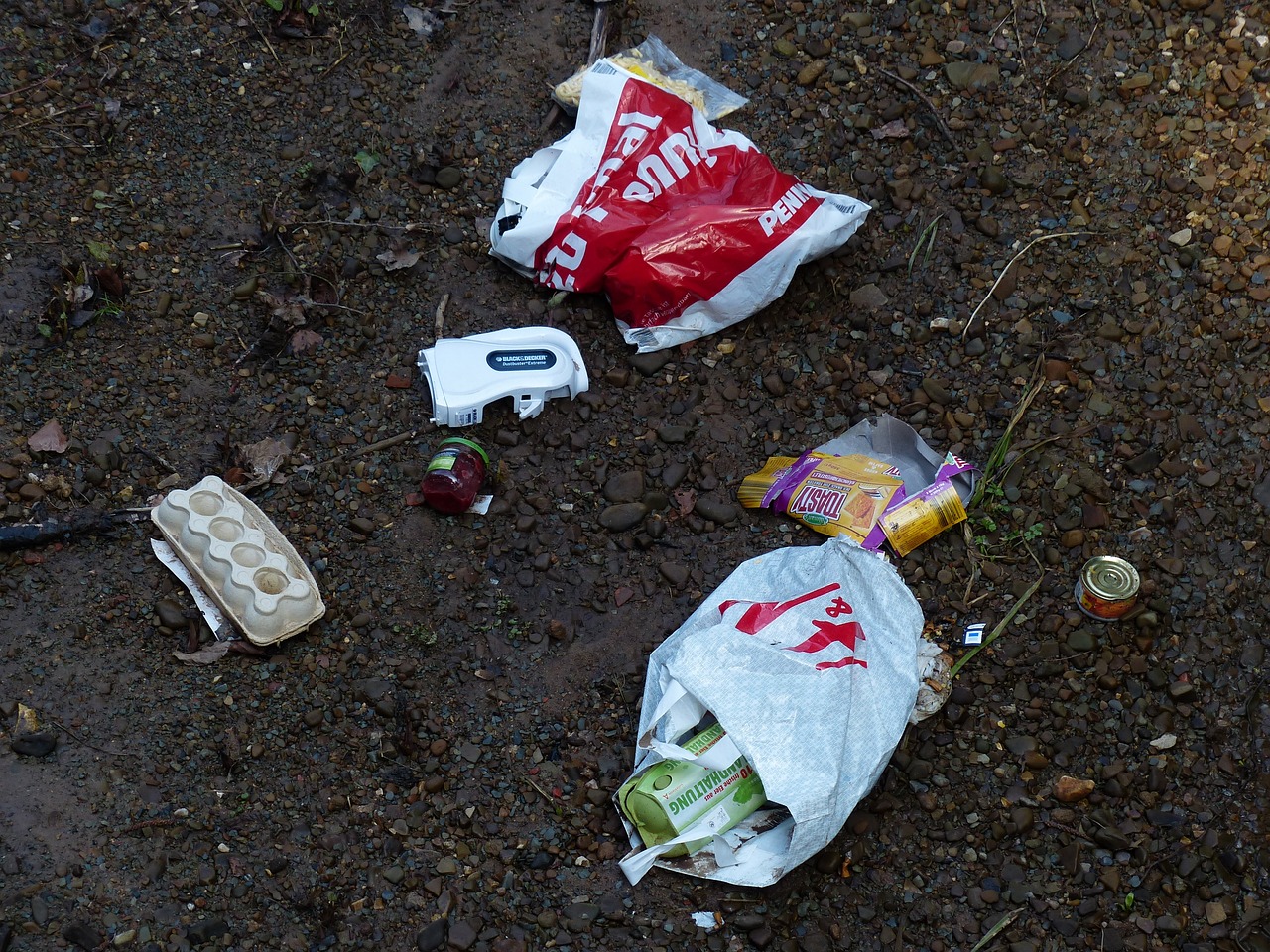
Vocabulary:
- significance /sig-NIF-i-kuhns/
- crackdown /KRAK-doun/
- widespread /WAHYD-SPRED/
- burden /BUR-dn/
- treaty /TREE-tee/
[noun] – the importance or meaning of something
The historical artifact had great significance for the museum, representing a pivotal moment in ancient civilization.
[noun] – a situation in which someone starts to deal with bad or illegal behavior in a more severe way
The city launched a crackdown on illegal street vendors, aiming to maintain order in public spaces.
[adjective] – existing or happening in many places and/or among many people
The heavy rainfall led to widespread flooding in the city, affecting neighborhoods and disrupting daily life.
[noun] – a heavy load or responsibility
The unexpected financial crisis placed a heavy burden on small business owners.
[noun] – a formal agreement or contract between countries or parties
The peace treaty signed between the neighboring nations ended decades of conflict and established diplomatic relations.
Article reading:
Plastic’s popularity stems from its apparent affordability compared to more sustainable alternatives. However, when factoring in environmental costs like waste management, greenhouse gas emissions, and ecosystem damage, regular plastic is ten times more expensive. Currently, the burden of this cost, exceeding $3 trillion per year, according to the World Wildlife Fund, falls on governments and consumers rather than the companies producing the plastic. Efforts to address this issue include proposed bills in California and the European Union, suggesting that textile and fashion companies must either responsibly manage their products’ end-of-life or pay fees for waste management. This “extended producer responsibility” approach is also central to a United Nations treaty aiming to end plastic pollution by 2024. While the concept of making polluters pay is gaining traction, the financial impact on companies and investors remains to be fully understood, especially in the face of the urgent need to address climate change and environmental cleanup.
Discussion Questions:
- Have you or someone you know ever purchased clothing from fast-fashion retailers known for their affordable but less sustainable options? If yes, what was your experience with these purchases? If not, would you consider buying from such retailers, knowing their environmental impact, or opting for more sustainable options?
- Have you ever actively thought about the environmental consequences of plastic waste in your daily life, such as single-use plastics or excessive packaging? If yes, how have these considerations affected your habits? If not, would you be willing to make changes in your lifestyle to reduce your plastic footprint?
- Do you think companies should be financially responsible for the environmental impact of their products?
- How might the proposed “polluter pays” doctrine impact the way companies design, produce, and manage the life cycle of their products? Consider both potential benefits and challenges.
- In what ways could the general public contribute to reducing the environmental burden caused by plastic waste? Think about personal habits, advocacy, or support for specific policies.
Summarization
Describe:
- fund
- sector
- stem from
- sustainable
- widespread